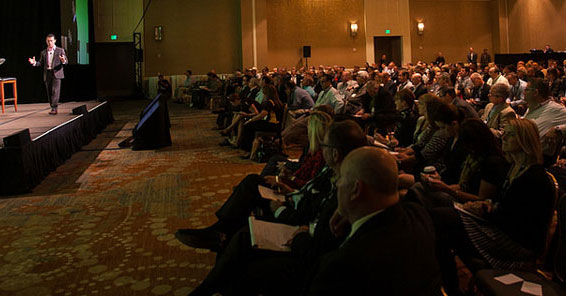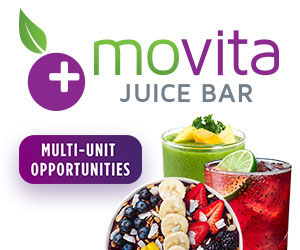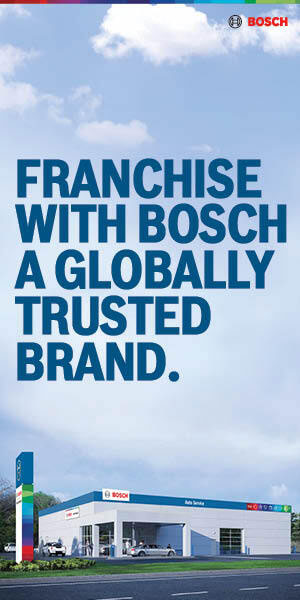Omni-Channel Marketing: What It Is, and 7 Tips for Using It Well
Note: This article originally appeared on the Marketo Marketing Blog.
Marketing is undergoing rapid and major changes. We're moving away from mass, "push"-based marketing, and toward more personalized, 1:1 communication with consumers, through the many channels and on the many devices they use. The effectiveness and ROAS (return on ad spend) of print media, television ads, and batch and blast email campaigns are on the decline.
Unfortunately, when it comes to omni-channel, multi-device marketing, consumers today are way ahead of most marketers.
First of all, what is omni-channel marketing? The term "omni-channel" may be a marketing buzzword, but it refers to a significant shift: marketers now need to provide a seamless experience, regardless of channel or device. Consumers can now engage with a company in a physical store, on an online website or mobile app, through a catalog, or through social media. They can access products and services by calling a company on the phone, by using an app on their mobile smartphone, or with a tablet, a laptop, or a desktop computer. Each piece of the consumer's experience should be consistent and complementary.
So what does that seamless omni-channel experience actually look like? In the words of John Bowden, senior vice president of enterprise customer care at Time Warner Cable:
"Multi-channel is an operational view - how you allow the customer to complete transactions in each channel. Omni-channel, however, is viewing the experience through the eyes of your customer, orchestrating the customer experience across all channels so that it is seamless, integrated, and consistent. Omni-channel anticipates that customers may start in one channel and move to another as they progress to a resolution. Making these complex 'hand-offs' between channels must be fluid for the customer. Simply put, omni-channel is multi-channel done right!"
Here are my seven recommendations for any marketer looking to implement a more omni-channel, multi-device perspective:
1. Walk in your customers' shoes. Regularly review the experience your customers go through in order to research, purchase, and connect with your products. Test the experience by placing orders, interacting through all available channels, submitting a support case, and more. If possible, these tests should be performed by external and internal testers. Does everyone have a delightful experience? Are there any unnecessary barriers?
2. Measure everything! Data is everywhere (and apparently very "big" these days), and marketers are becoming increasingly savvy about the best ways to leverage it without becoming invasive. Julie Bernard, senior vice president of customer strategy, marketing, and advertising at Macy's, summed things up at last year's Data Driven Marketing conference:
"We can now measure success in terms of the response of real people over time, in addition to measuring individual campaigns. We have enough data at the customer level to see how she interacts both online and in the store, so we can tailor messaging and offers to her appropriately by channel. We strive to balance the use of customer data to inform content relevancy with the use of consumer insights to ensure that the relevancy is coupled with a sense of discovery and inspiration."
3. Segment your audience. Understand which data points are useful to you, and segment your audience accordingly. Which data points actually help you better understand your audience? Using marketing automation, you can capture this information to build very rich profiles about your customers and the customer journey.
This kind of rich data can be translated into customer use cases, and also used to build buyer personas. For example, male iOS users who work in the tech industry and are between the ages of 25 and 35 are more likely to buy based on technical specifications. If you discover you are marketing to that audience, you might highlight technical specs in your landing pages and nurturing strategy.
4. Develop content/messaging that addresses use cases and behaviors. Content and messaging is key. If a customer has previously engaged or purchased your product, you probably want to consider that in your marketing. If a customer has put something into a cart, but hasn't yet purchased, use your content to reference that intent. In my sixth recommendation, I discuss the great content that Zappos creates to address use cases. I've also received emails from Bonobos referencing previous purchases, and recommending complementary products. This type of content and messaging makes consumers feel personally spoken to, and helps drive much higher engagement, loyalty, and purchases.
5. Don't limit use cases to marketing/sales. Consider how listening and responding can help your support team, product team, merchandising teams, and even your customer service efforts. In a recent article on Digiday.com, Rebecca Harris, GM's head of global social media strategy, was quoted as saying:
"A lot of it is about being able to provide a better service for our customers. If we can plug social into all the other CRM data we have, then we have a full portfolio on the customer. If we know their VIN, if we know their name, if we know their Twitter handle, and we know whether they like to go to the dealership or they don't like to go the dealership, this helps us treat them in a way that they want to treated."
6. "Listen and respond" on preferred channels/devices. Increasingly, people use multiple devices during a single transactional process. Make sure that you are able to listen and respond to these interactions. For example, an e-commerce retailer should strive to preserve items in a cart across devices: if you add an item to your mobile shopping cart, it should still be in your shopping cart when you log in on your desktop computer.
Recently, I added a pair of shoes from Zappos to my shopping cart, using my mobile phone. Later, I viewed the same shoes on my laptop at home, but didn't purchase. Finally, on a weekend afternoon, I got an email from Zappos with the subject line "You snooze, You Lose." Inside the email, the big bold header said "Don't miss out!" There was an image of my shopping cart, the shoes, and a bright orange tag that said "Only 1 LEFT!" Needless to say, I bought the last pair of shoes. Zappos had just made my buying experience as easy as taking candy from a baby.
I was inspired to write this blog post after hearing Neil Mohan, Google's vice president of display advertising, speak at a recent conference. Neil said, "If you're just focusing on mobile, you're solving yesterday's problems." Throughout the day, he explained, consumers are flitting back and forth among many devices, from smartphones to desktops, and from laptops to tablets to TVs. "Ninety percent of consumers start a task on one device and finish it on another," he noted. "Consumers are way ahead of where advertisers and publishers are."
7. Start today! Even though I've quoted several mega-brands, platforms like Marketo make these approaches accessible to companies of all sizes. There's too much at stake in your business to delay taking that first step any longer. Consumers may be ahead of many marketers now, but this soon won't be the case. Those marketers who thrive will be the ones who can deliver on the promise of a personal, omni-channel experience.
Mike Stocker runs the Customer Success team at Marketo, where he helps customers with their Marketo adoption. For more information, reach him at 650-376-2300, or through the Marketo website contact page.
Share this Feature
Recommended Reading:
| ADVERTISE | SPONSORED CONTENT |
FRANCHISE TOPICS
- Multi-Unit Franchising
- Get Started in Franchising
- Franchise Growth
- Franchise Operations
- Open New Units
- Franchise Leadership
- Franchise Marketing
- Technology
- Franchise Law
- Franchise Awards
- Franchise Rankings
- Franchise Trends
- Franchise Development
- Featured Franchise Stories
| ADVERTISE | SPONSORED CONTENT |








 The franchise listed above are not related to or endorsed by Franchise Update or Franchise Update Media Group. We are not engaged in, supporting, or endorsing any specific franchise, business opportunity, company or individual. No statement in this site is to be construed as a recommendation. We encourage prospective franchise buyers to perform extensive due diligence when considering a franchise opportunity.
The franchise listed above are not related to or endorsed by Franchise Update or Franchise Update Media Group. We are not engaged in, supporting, or endorsing any specific franchise, business opportunity, company or individual. No statement in this site is to be construed as a recommendation. We encourage prospective franchise buyers to perform extensive due diligence when considering a franchise opportunity.